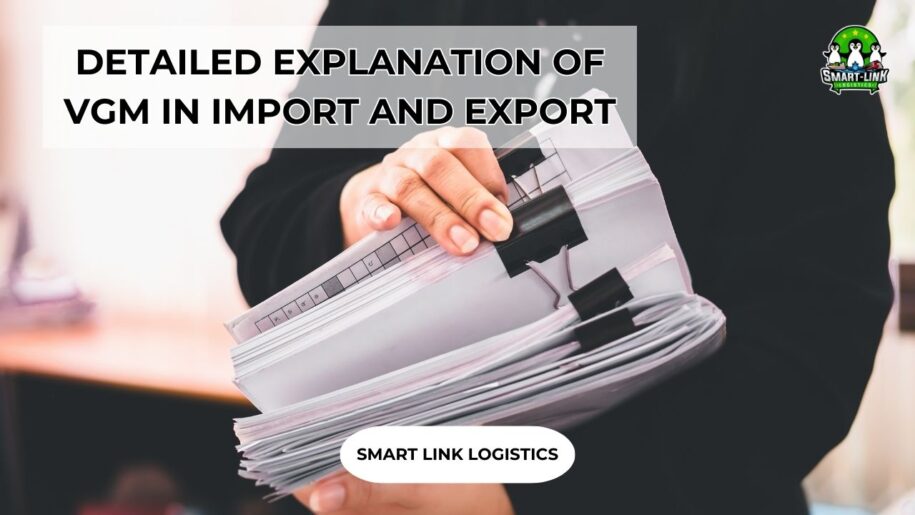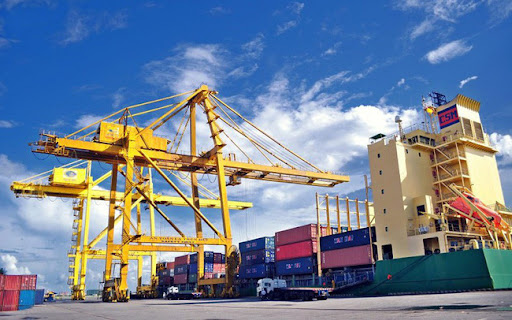
DETAILED EXPLANATION OF VGM IN IMPORT AND EXPORT
One of the crucial procedures in container shipping is VGM. So, what exactly is VGM in import and export? How is VGM verified for full container loads and less-than-container loads? Let’s explore in detail with Smart Link through the article below!
What is VGM in Import and Export?
VGM in import and export is a regulation under the SOLAS Convention, effective from July 1, 2016, requiring shippers to verify the mass of a packed container. The SOLAS Convention is the international standard for maritime safety, setting technical requirements for commercial and passenger ships to ensure the safety of crew and passengers.

The Role of VGM in Import and Export
Verifying Container Weight
Accurately determining the container’s weight helps better control the ship’s load capacity. If a container exceeds the allowed weight limit, the shipping line may refuse to transport it or request a reduction in the load.
Arranging Cargo on the Ship
Based on the VGM information, the shipping line can calculate the weight and size of the cargo to allocate a suitable position, optimizing space on the ship.
Submitting Documents to the Port
Although VGM is not a customs document, it is a required procedure to submit to the port or shipping line to verify the weight of goods before loading them onto the ship.
How to Calculate VGM
There are currently two main methods for calculating VGM:
Method 1: Weigh the entire cargo before loading it into the container, then add the container’s tare weight to get the total mass.
This method applies in cases where:
- The port has electronic scales, and the cargo is not too heavy.
- The cargo has not yet been packed into the container and can be weighed separately.
Method 2: Weigh the truck with the container, then weigh the truck without the container, and calculate the difference between the two weights.
This method applies when the goods have already been packed into the container and are being transported to the port. Depending on the available equipment, each port may apply different methods.
Note: Measurement errors are unavoidable, but some countries allow a margin of error of around 5% of the total cargo weight.
VGM Verification Process
For FCL (Full Container Load)
- Register for weighing at the warehouse.
- The shipper or logistics company coordinates with the weighing department to supervise the VGM weighing process.
- The warehouse issues two VGM certificates: one for the shipper and one retained by the warehouse. If the container weight exceeds the permissible limit, the shipper must reduce the cargo until it meets the legal weight.
- The shipper submits the VGM certificate to the shipping line.
For LCL (Less than Container Load)
- The shipper pays at the port to receive the cargo weighing certificate.
- The shipper submits the warehouse receipt to weigh and verify the VGM, then submits the certificate to the carrier.
Conclusion
The above information provides a basic understanding of VGM and how it is calculated in import and export. We hope this article has helped clarify this process and its importance in sea freight transportation. We are committed to providing you with services and solutions that help your goods reach global markets with dedication and close partnership. With over 13 years of experience in the transportation industry, we take pride in being a reputable and professional provider.
Hotline: + 84 935 766 039 to know more about our services

If you require assistance with international import and export of goods, please contact our team at Smartlink Logistics. We are available to provide you with professional guidance on our services and the necessary customs procedures.
SMART LINK: BEST SERVICE BEST YOU


































